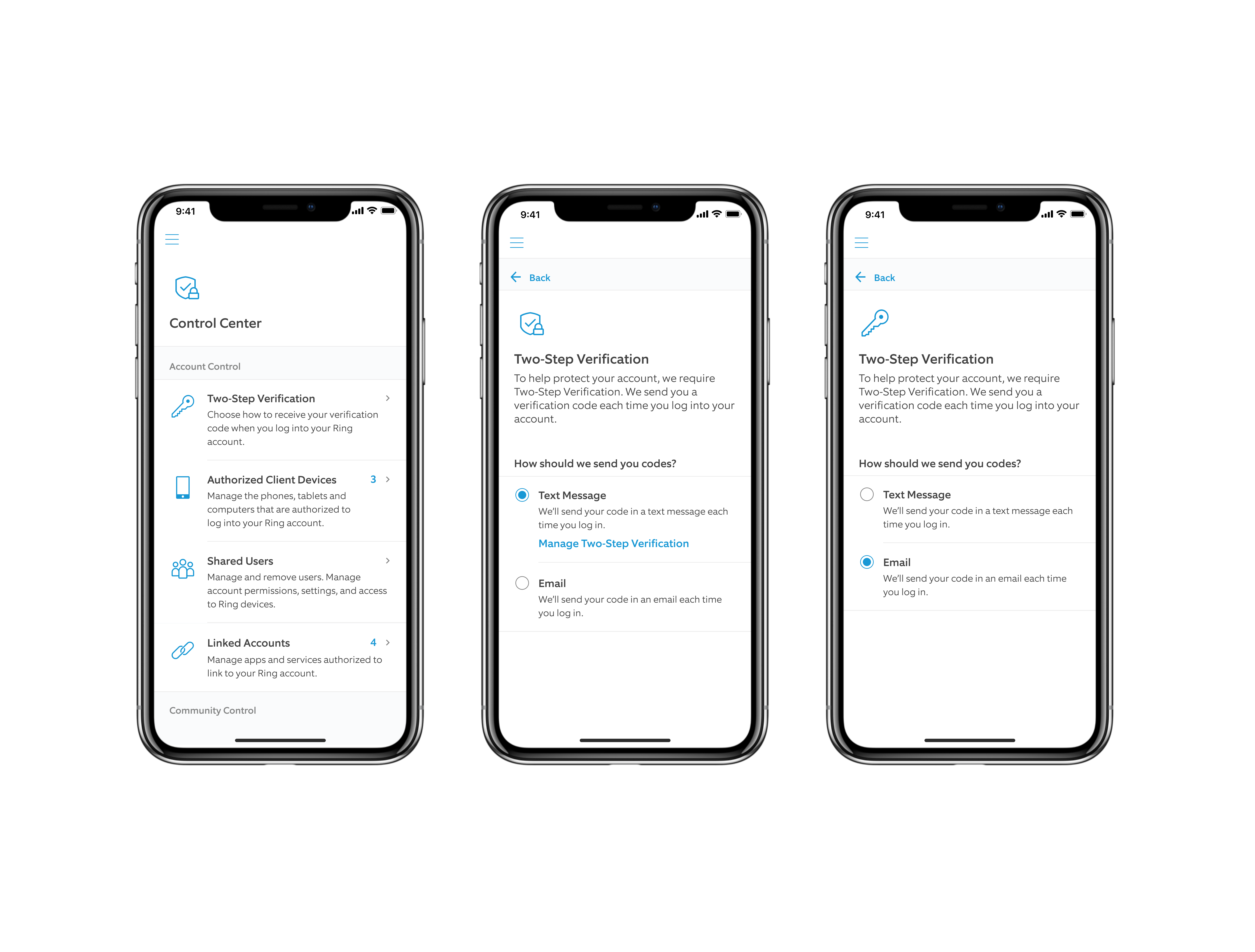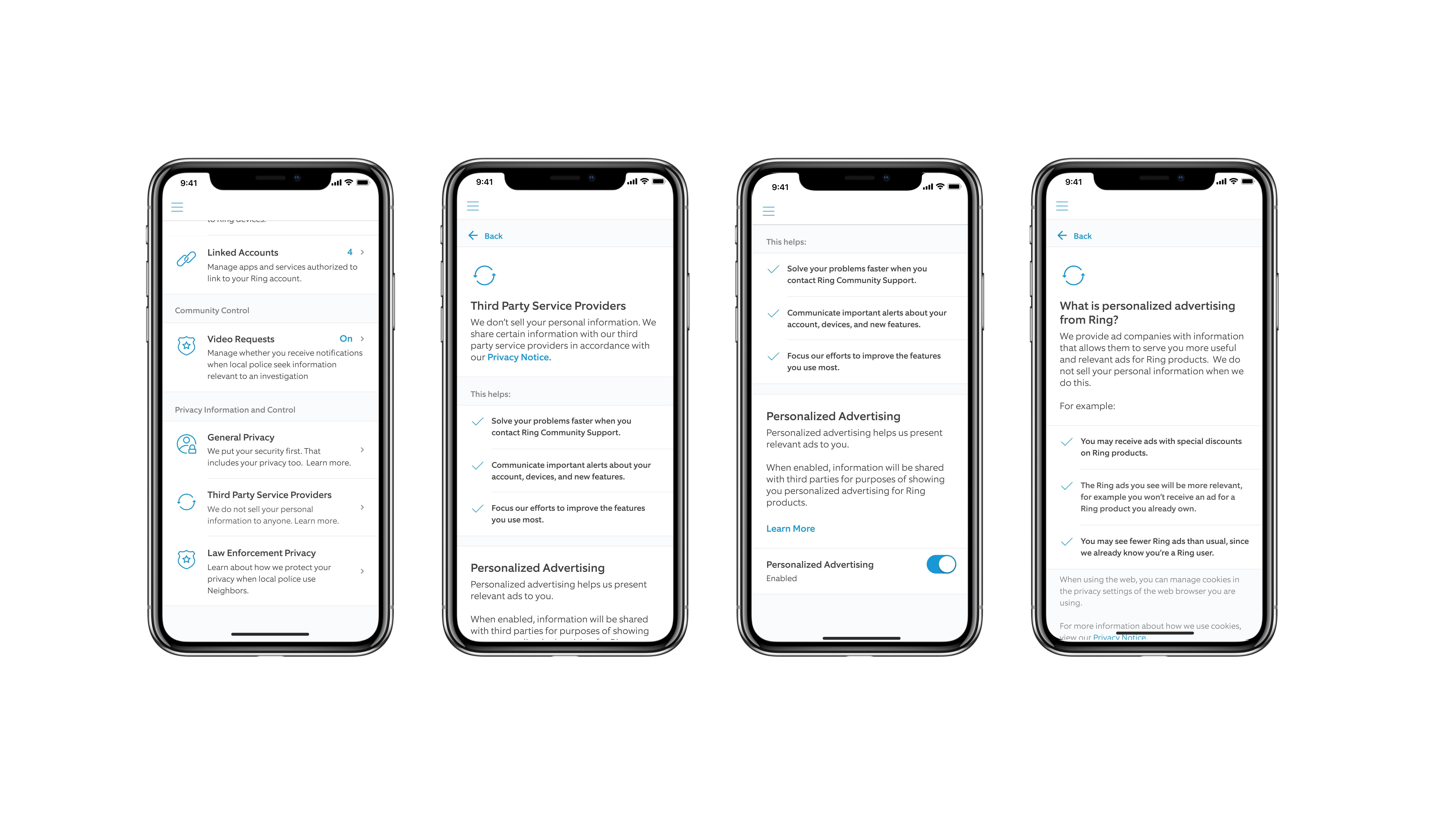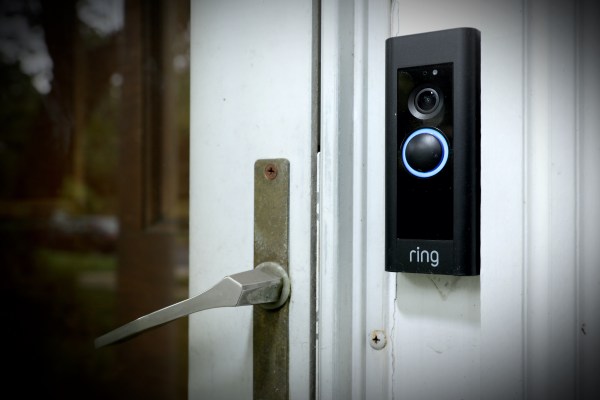Security camera maker Ring is updating its service to improve account security and give more control when it comes to privacy. Once again, this is yet another update that makes the overall experience slightly better but the Amazon-owned company is still not doing enough to protect its users.
First, Ring is reversing its stance when it comes to two-factor authentication. Two-factor authentication is now mandatory — you can’t even opt out. So the next time you login on your Ring account, you’ll receive a six-digit code via email or text message to confirm your login request.
This is very different from what Ring founder Jamie Siminoff told me at CES in early January:
“So now, we’re going one step further, which is for two-factor authentication. We really want to make it an opt-out, not an opt-in. You still want to let people opt out of it because there are people that just don’t want it. You don’t want to force it, but you want to make it as forceful as you can be without hurting the customer experience.”
Security experts all say that sending you a code by text message isn’t perfect. It’s better than no form of two-factor authentication, but text messages are not secure. They’re also tied to your phone number. That’s why SIM-swapping attacks are on the rise.
As for sending you a code via email, it really depends on your email account. If you haven’t enabled two-factor authentication on your email account, then Ring’s implementation of two-factor authentication is basically worthless. Ring should let you use app-based two-factor with the ability to turn off other methods in your account.
And that doesn’t solve Ring’s password issues. As Motherboard originally found out, Ring doesn’t prevent you from using a weak password and reusing passwords that have been compromised in security breaches from third-party services.
A couple of weeks ago, TechCrunch’s Zack Whittaker could create a Ring account with “12345678” and “password” as the password. He created another account with “password” a few minutes ago.

When it comes to privacy, the EFF called out Ring’s app as it shares a ton of information with third-party services, such as branch.io, mixpanel.com, appsflyer.com and facebook.com. Worse, Ring doesn’t require meaningful consent from the user.
You can now opt out of third-party services that help Ring serve personalized advertising. As for analytics, Ring is temporarily removing most third-party analytics services from its apps (but not all). The company plans on adding a menu to opt out of third-party analytics services in a future update.
Enabling third-party trackers and letting you opt out later isn’t GDPR compliant. So I hope the onboarding experience is going to change as well as the company shouldn’t enable these features without proper consent at all.
Ring could have used this opportunity to adopt a far stronger stance when it comes to privacy. The company sells devices that you set up in your garden, your living room and sometimes even your bedroom. Users certainly don’t want third-party companies to learn more about your interactions with Ring’s services. But it seems like Ring’s motto is still: “If we can do it, why shouldn’t we do it.”

